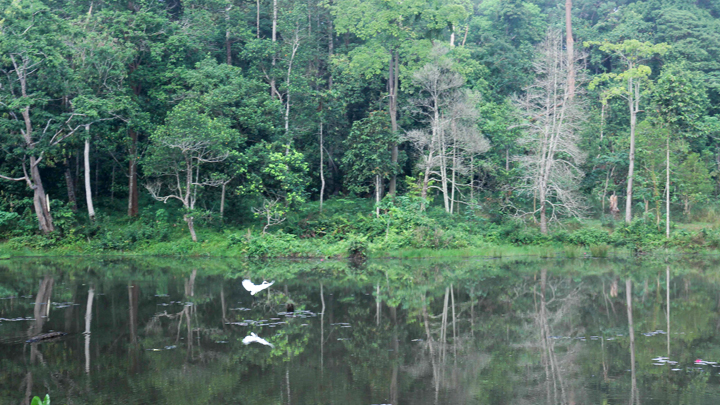Ecotourism to Secure Hope
Tuesday, December 17, 2019
arsip tempo : 171398661912.

A PACK of simpai (Sumatran primate, surili) had not yet finished eating guava (Bellucia axinanthera) and shoots of bedih trees (Balakata baccata) when Musadat welcomed his guests in front of the Hutan Harapan Camp in Bungku, Bajubang subdistrict, Batanghari Regency, Jambi, on Saturday, November 30. That morning, the Ecotourism Business Supervisor of Restorasi Ekosistem Indonesia (Reki), was in charge of guiding four Japanese citizens and Tempo, w
...
Subscribe to continue reading.
We craft news with stories.
 For the benefits of subscribing to Digital Tempo, See More
For the benefits of subscribing to Digital Tempo, See More








